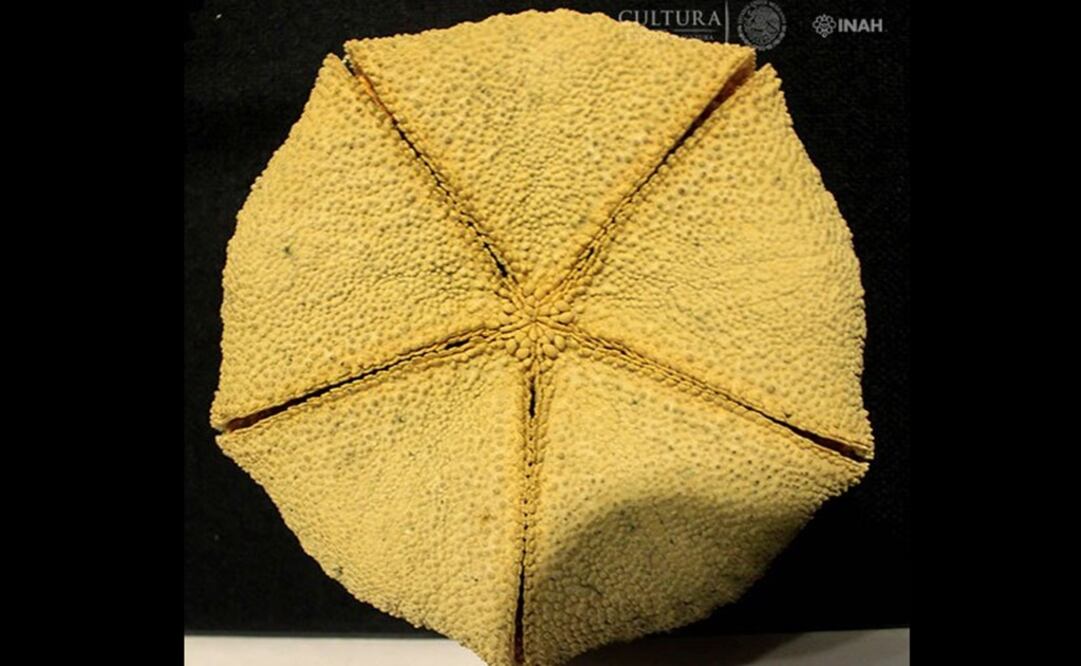Más Información

Fe que desafía límites en la México-Puebla; miles caminan hacia La Villa entre devoción, mandas y agradecimientos

Corte avala que mujeres musulmanas puedan obtener pasaporte sin quitarse hiyab en toma de foto; reconoce “libertad religiosa”

Buque petrolero será llevado a puerto de EU; Venezuela tacha de "robo" flagrante y un acto de "piratería internacional"
Researchers at Mexico's National Institute of Anthropology and History ( INAH ) and the Institute of Marine Sciences and Limnology ( ICML ) of the National Autonomous University of Mexico ( UNAM ) have located in 20 offerings of the Sacred Precinct of Mexico-Tenochtitlan , about 55,069 Calcium carbonate plates , corresponding to the endoskeletons of ancient starfish .
Archaeologist Leonardo López Luján
, Director of the Templo Mayor Project ( PTM ), ICML researchers Francisco Solís Marín and Carolina Martín Cao Romero , and PTM biologist Belem Zúñiga Arellano made the announcement during a conference.
It should be noted that the Calcium carbonate plates required an exhaustive classification and cleaning process to identify their precise starfish species, thus endoskeletons belonging to modern specimens were analyzed, compared and contrasted with the archaeological pieces.
Therefore, six starfish species were identified out of thirteen found in 54 offerings located around the monolith of Tlaltecuhtli . Starfish were placed at the offerings' bottom to portray the aquatic underworld of deities such as Tlaloc.
Luidia
superba
, Astropecten regalis , Phataria unifascialis , Nidorelia armata , and Pentaceraster cumingi come from the coasts of the Pacific Ocean while Astropecten duplicatus come from the Atlantic .
According to the researchers, prehispanic collectors could obtain starfish by walking along distant beaches or by free diving in the dark recesses of the oceans, as starfish are not endemic to the Basin of Mexico .
It is believed that Mexicas transported starfish in containers loaded with salt water and safeguarded them in the Vivarium of Moctezuma , a place which seems to have contained saltwater ponds, until their ceremonial use.
However, the researchers pointed out that Mexicas did not leave any artistic, architectural, ceramic or textile evidence of starfish even tough they served for religious purposes, unlike other prehispanic cultures inhabiting Tula , Cacaxtla , Teotenango , and Teotihuacan .
After the announcement, the researchers called upon the conservation of the 1,800 starfish species living around the world , particularly the 228 species inhabiting Mexico , and echinoderms overall, such as sea urchins , sea biscuits , among others, as they decrease seawater pH.
The research will be published in its integrity in the Arqueología Mexicana magazine number 150 (March-April 2018).
sg
Noticias según tus intereses
[Publicidad]
[Publicidad]











